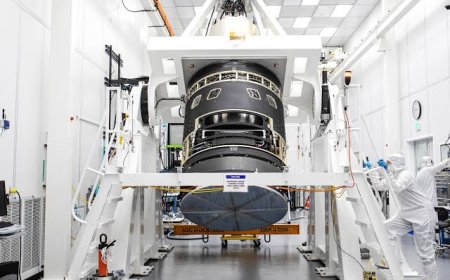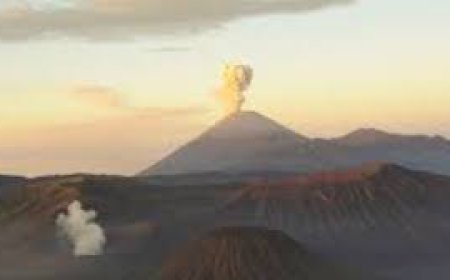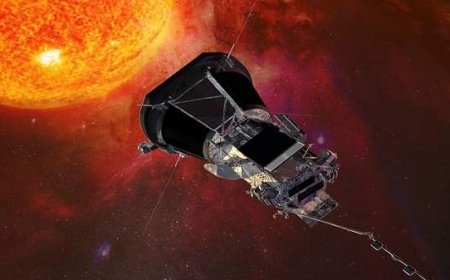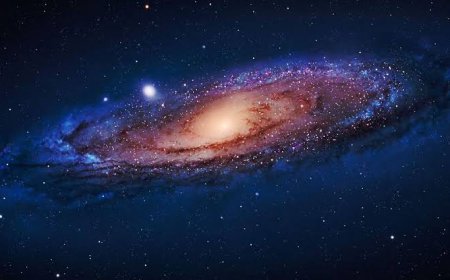Volcanic Fire Moons and Sky-Hearted Beetles —NASA Planet-Hunters Discover Fiery Exoplanet fumes Reaching Solar System
Some of the most recent astronomical studies prove that there is indeed a Volcanic Moon in another solar system. This discovery is not just remarkable for the view it provides of distant planetary systems, but also raises questions about what sort of environments are capable to host life on such extreme worlds.
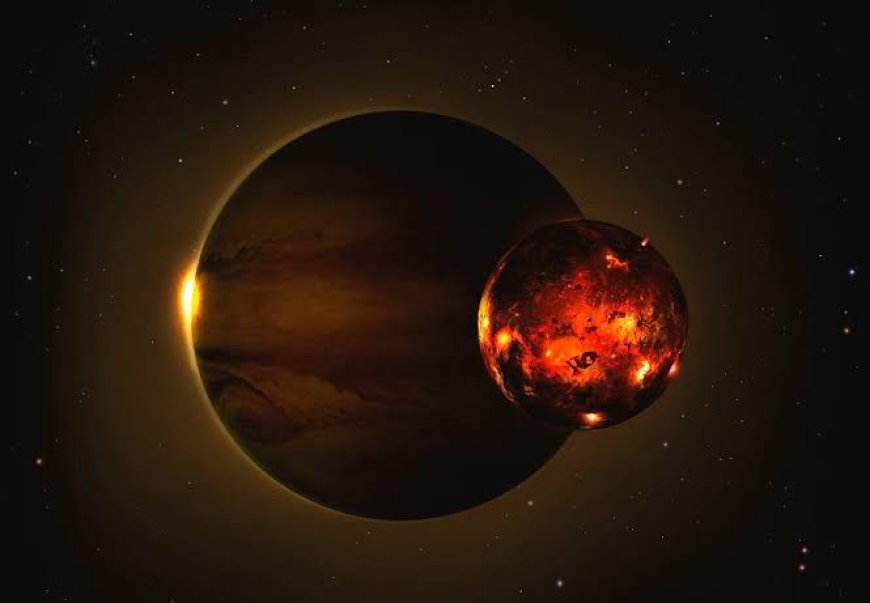
The Discovery :-
Researchers used sophisticated spectroscopic methods to study the atmosphere of a far-away exoplanet called WASP-121b, located some 850 light-years from Earth. The oddball gas giant, called a "hot Jupiter," defies the conventional wisdom of planetary formation and pushes astronomical theory to extremes. In their observations, the scientists found vortices and gases related to volcanic events that were present in one of its moons with high probability for a violent geological seismic activity.
Volcanic Activity in Space:-
The discovery of volcanic fumes in this far-off moon is game-changing. The process of volcanic activity on Earth is caused by tectonic forces and liquid water, but the conditions on WASP-121b are completely different. The strong temperatures — up to around 3,000 degrees F (1,600 C) and solid radiation from the nearby star make it nothing similar o anything in our solar system.
Scientists believe that the moon may be tidally locked to its parent planet, meaning one side always faces the planet while the other side is eternally exposed to space. This force can lead to considerable effects on planetesimals physical properties, which is somewhat similar to the situation you'll see in Io - one of Jupiter's moons, known for its active volcanoes.
Relevance to Astrobiology :-
Detecting volcanic fumes is interesting, of course, because it raises the question about what kind of life we might expect to find living in such hostile environments. The pattern is never going to behabitable like us, but the finding thatmoons about gas giants have different conditions and wildernesses could allow plenty of capable systems blooming in alien atmospheres. However, for the first time a research could steer astrobiological attention towards exomoon atmospheres… an almost unexplored domain in the quest of alien life forms!
The Study Methodology:-
Using Hubble Space Telescope's spectrograph, the team was able to capture this light as it filtered through exoplanet's atmosphere and passed in front of its host star. This light, via its spectrum, could reveal characteristic chemical signatures of gas emissions from volcanoes like sulfur dioxide and water vapor. One of them is transit spectroscopy, a method that seems to be emerging as the dominant force in our constant quest for exoplanets and discovering what their atmospheres are actually made of.
Future Directions :-
This discovery pioneers new forms of research on exoplanets and their satellites. Future missions, including the James Webb Space Telescope (JWST), will allow scientists to probe even further into these exoplanets atmospheres. Studying the atmospheric compositions and geological processes of exomoons could offer clues to environments capable of supporting life elsewhere in the galaxy.
As technology marches forward and our observatories improve, the ways we can learn about these complex systems of exoworlds only grow more interesting. And what we have learned suggests that the presence of volcanic moons may well be not just an interesting aside but a crucial part of our efforts to grasp where in space and time we live.
Conclusion:-
This is a big leap in the area of astronomy and astrobiology compared to past milestones where we were able only detect signs of life on an exoplanet It would upend current models for solar and planetary systems, urging researchers to investigate the complex inter-planet/ -moon dynamics surrounding exosatellites. With every new discovery, we make great strides to solving the age-old mystery: are we alone in the universe?
